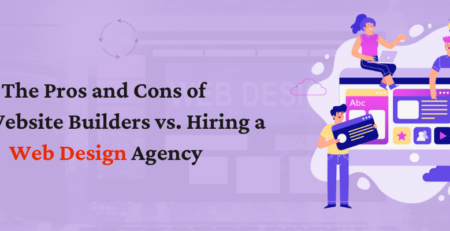Maximizing Your E-Commerce Sales: Best Practices for Website Design
Introduction
In today’s digital age, an effective e-commerce website is crucial for driving sales and ensuring business success. With an ever-increasing number of consumers turning to online shopping, your e-commerce platform must stand out and provide a seamless shopping experience. In this blog post, we will explore the best practices for website design that can help you maximize your e-commerce sales and stay ahead of the competition.
Mobile-First Design
With the majority of online traffic coming from mobile devices, it is imperative to adopt a mobile-first approach to your website design. Ensure that your website is fully responsive and optimized for various screen sizes, making it easy for customers to browse and shop on their smartphones and tablets.
User-Friendly Navigation
Simplify your website’s navigation to enhance user experience. Implement clear and intuitive menus, categories, and filters to help customers find products effortlessly. A well-organized navigation structure reduces bounce rates and encourages visitors to explore more of your offerings.
High-Quality Product Images
Visual appeal plays a significant role in e-commerce. Utilize high-quality product images from multiple angles to showcase your products accurately. Customers rely on visuals to make purchasing decisions, so invest in professional photography to entice potential buyers.
Streamlined Checkout Process
A lengthy or complicated checkout process can lead to cart abandonment. Optimize your checkout process by reducing the number of steps and asking only for essential information. Offer guest checkout options to provide a hassle-free experience for first-time customers.
Clear Calls-to-Action (CTAs)
Place prominent and compelling CTAs throughout your website to guide customers towards making a purchase. Use action-oriented language and contrasting colors to draw attention to buttons like “Add to Cart” or “Buy Now.”
Trust-Building Elements
Establish trust with your audience through trust badges, customer reviews, and secure payment options. Include testimonials from satisfied customers to boost credibility and reassure potential buyers about the quality of your products and services.
Personalization and Recommendations
Leverage data-driven insights to personalize the shopping experience for each customer. Implement product recommendations based on past purchase history or browsing behavior, increasing the chances of cross-selling and upselling.
Fast Loading Speed
Ensure your website loads quickly, as slow-loading pages can lead to frustration and abandonment. Optimize images and use caching techniques to enhance page load times, creating a seamless shopping journey for your visitors.
Conclusion
By implementing these best practices for website design, you can create an e-commerce platform that not only attracts potential customers but also converts them into loyal buyers. Keep in mind that e-commerce trends and consumer preferences may evolve, so regularly update and optimize your website to stay competitive in the dynamic online marketplace.
Your website is the digital face of your brand, and a well-designed e-commerce platform can be the key to unlocking substantial growth in your online sales.

















Leave a Reply